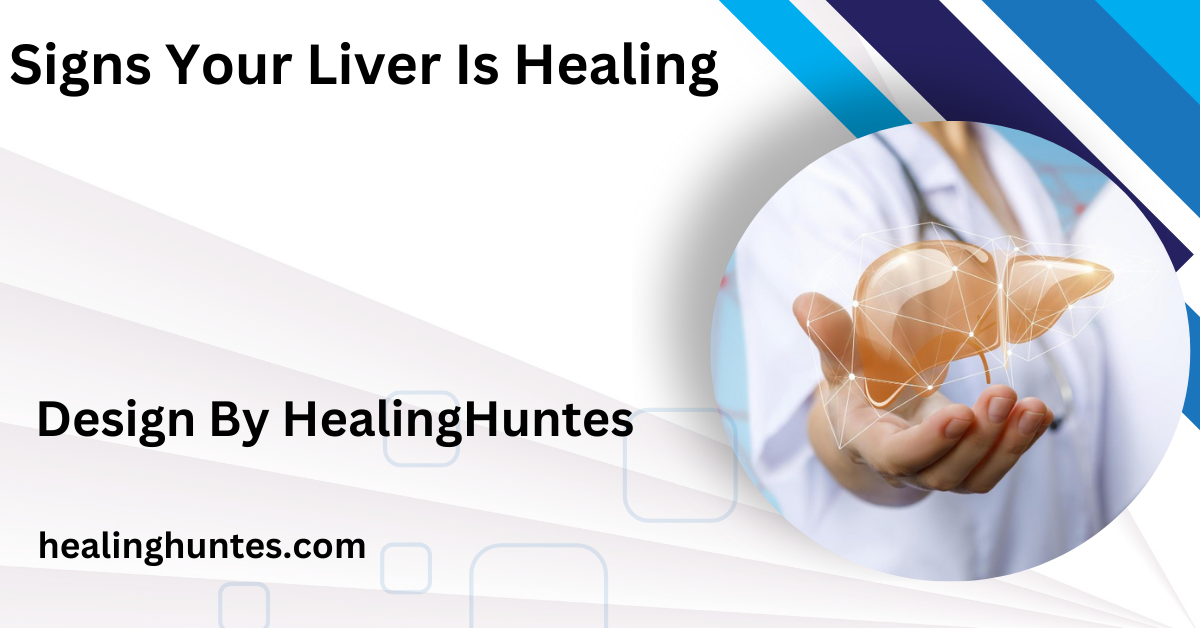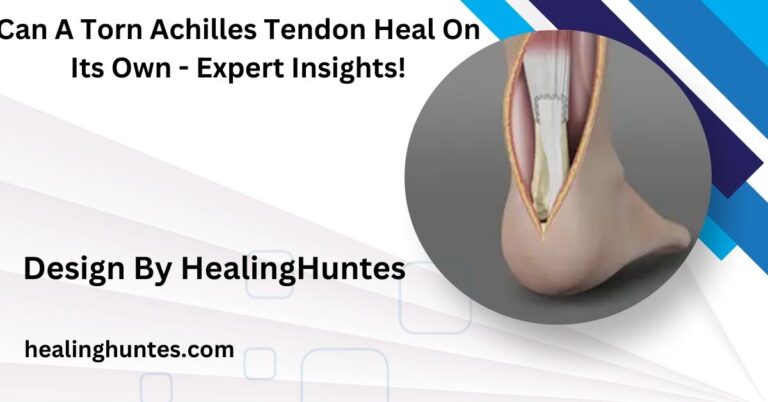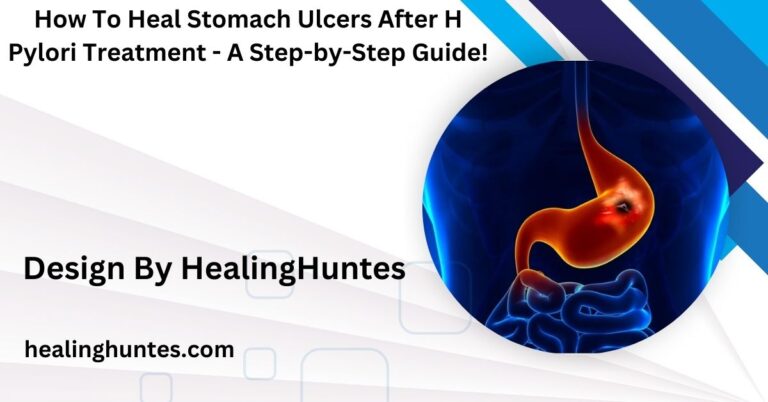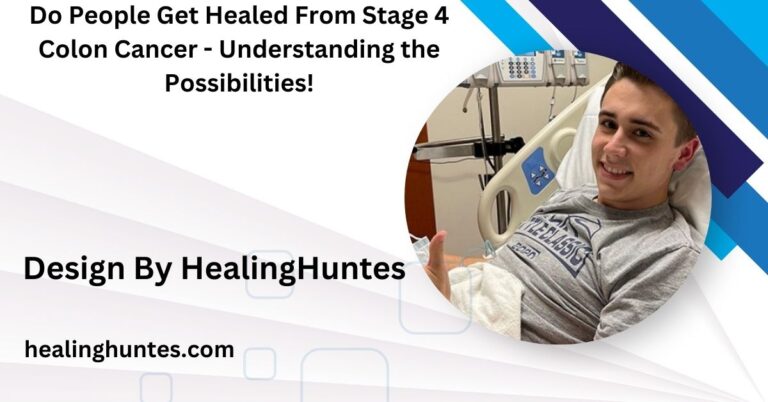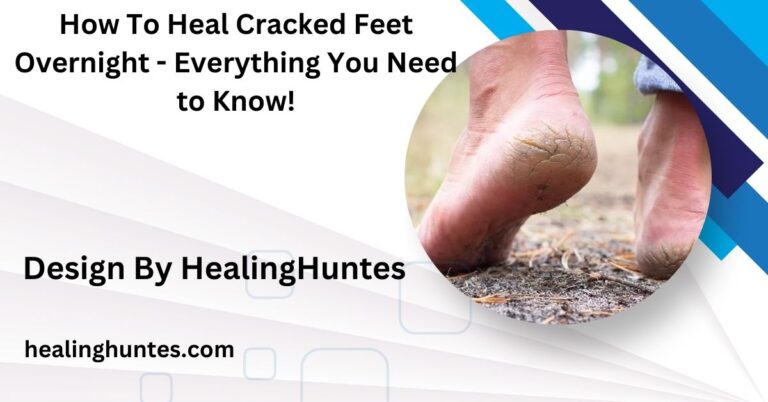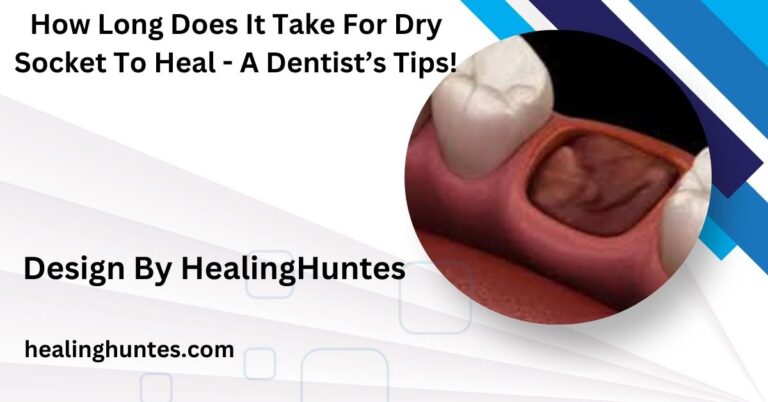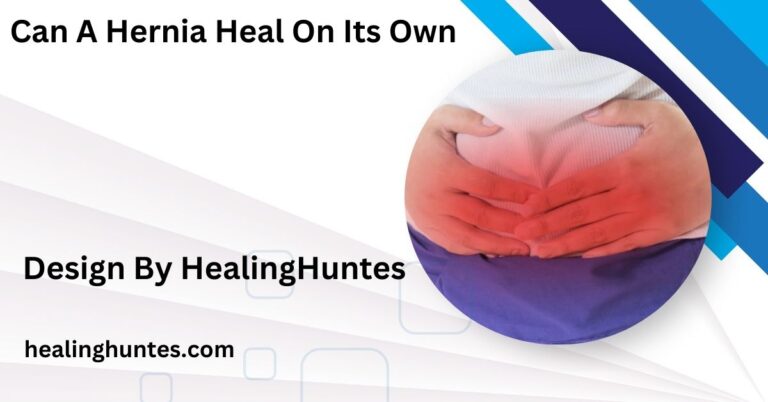Signs Your Liver Is Healing – Recognize Liver Recovery!
Signs of liver healing include increased energy, clearer skin, reduced jaundice, and improved digestion. A healthy lifestyle can support this process.
In this article, we’ll explore the signs of liver healing, what influences the liver’s ability to regenerate, and how to support this process for long-term health.
Signs Your Liver Is Healing: How to Recognize Positive Changes on Your Liver Health Journey:
Introduction
The liver, one of the body’s largest and most essential organs, plays a crucial role in filtering toxins, metabolizing nutrients, producing bile, and aiding in digestion. However, when the liver is overburdened or damaged due to factors like alcohol, a poor diet, or certain medications, its function can become impaired. Fortunately, the liver has an incredible ability to regenerate. Recognizing the signs of healing is vital in maintaining liver health, especially for those who have taken steps toward recovery.
Section 1: Understanding Liver Healing and Regeneration:
The Liver’s Unique Regenerative Abilities:

Unlike many other organs, the liver can regenerate itself. Even after partial damage, healthy liver tissue can regrow to its full size and function over time. This process depends on several factors, including lifestyle, age, diet, and overall health.
The liver’s ability to heal is impacted by both the extent of damage and the health of the remaining liver cells. For instance, minor injuries or fatty liver can often be reversed more quickly, whereas severe damage, such as cirrhosis, may require extensive lifestyle changes, medications, or even medical intervention to prevent further scarring.
Common Causes of Liver Damage:
Liver damage can arise from various causes:
- Excessive Alcohol Consumption: Heavy drinking is a leading cause of liver disease, leading to fatty liver, alcoholic hepatitis, and cirrhosis.
- Poor Diet and Obesity: High sugar, unhealthy fats, and processed foods can lead to fatty liver disease, especially in those who are overweight.
- Medications and Toxins: Some medications and environmental toxins can strain the liver.
- Infections: Hepatitis B and C are viral infections that can cause significant liver damage over time.
Understanding these causes helps individuals make healthier choices to prevent or heal liver damage.
Also Read: Can Healing Fix Broken Bones Dnd – Healing Rules Explained!
Section 2: Key Signs Your Liver Is Healing:
Once lifestyle changes, medications, or other interventions are in place, certain signs often indicate that the liver is on its way to healing. Here are some key indicators:
Improved Energy Levels:
The liver is central to the body’s metabolism, influencing energy levels. When the liver is compromised, fatigue is often one of the first symptoms due to impaired metabolism and toxin buildup. As the liver heals, energy levels start to improve. Activities that once felt exhausting become easier, and there’s a noticeable decrease in feelings of chronic tiredness. This uptick in energy is a strong indication that the liver is processing nutrients and filtering toxins more efficiently.
Better Digestion and Reduced Bloating:

The liver produces bile, a substance critical to digesting fats and absorbing fat-soluble vitamins (A, D, E, and K). A damaged liver may lead to bloating, nausea, constipation, and other digestive problems. Signs of healing include a reduction in bloating and improved digestion, indicating that bile production and release are normalizing. If you notice less digestive discomfort and your bowel movements feel more regular, it’s likely your liver is getting healthier.
Clearer Skin and Fewer Skin Issues:
Skin problems like acne, rashes, and itchiness are often tied to liver function, as the liver helps filter toxins from the bloodstream. When liver function is compromised, these toxins can manifest as skin issues. As the liver heals and becomes more effective at detoxification, skin clarity often improves. You may notice fewer breakouts, a clearer complexion, and less irritation. Healthy, glowing skin is one of the encouraging external signs of internal liver health.
Reduced Jaundice: (Yellowing of the Skin and Eyes):
Jaundice, characterized by a yellowing of the skin and eyes, occurs when there’s an excessive buildup of bilirubin—a byproduct of red blood cell breakdown—in the bloodstream. This condition often signals liver dysfunction, as a healthy liver normally filters out bilirubin. As liver health improves, jaundice diminishes, and normal coloration returns to the skin and eyes. If you notice this change, it’s a good indication that your liver is working better at processing bilirubin.
Stabilized Body Weight:
Since the liver regulates fat metabolism, poor liver function can contribute to unintended weight gain, especially around the abdomen. When the liver starts to heal, it becomes more efficient at metabolizing fats and carbohydrates, making it easier to maintain a stable and healthy weight. Those actively working on liver health may notice weight stabilization or gradual weight loss as a sign that the liver is healing.
Also Read: What Is The Fastest Way To Heal No-See-Um Bites – Heal Faster and Prevent Infection!
Better Mental Clarity and Focus:
Liver damage can contribute to mental fog, memory issues, and difficulties in concentration. This phenomenon is partly due to the liver’s role in filtering out toxins from the blood. When these toxins accumulate, they can impact brain function. As liver health improves, many people experience better mental clarity and find it easier to concentrate, a phenomenon known as “brain fog lifting.” Improved focus and cognitive function are encouraging indicators of liver healing.
Improved Appetite and Fewer Digestive Discomforts:
Liver damage can sometimes lead to a reduced appetite and cause digestive issues like heartburn or nausea. As the liver heals, appetite often returns to normal, allowing for a more balanced diet that supports further recovery. Fewer digestive discomforts, coupled with an increased appetite, are generally positive signs that the liver is functioning well and healing.
Section 3: How Long Does Liver Healing Take?

The timeline for liver healing varies, depending on factors like:
- Severity of Damage: Minor liver issues, such as fatty liver, may improve within a few weeks to months with lifestyle changes. More severe conditions, like hepatitis or cirrhosis, may take years and, in some cases, require ongoing treatment.
- Age and Overall Health: Younger individuals with better general health may heal faster than older adults with additional health conditions.
- Lifestyle Choices: Those who avoid alcohol, follow a liver-friendly diet, exercise regularly, and manage their weight are likely to experience faster liver recovery.
Section 4: Tips to Support Liver Healing:
To promote ongoing liver health, consider these lifestyle choices:
- Eat a Nutrient-Dense Diet: Focus on foods that support liver health, such as leafy greens, cruciferous vegetables (broccoli, cauliflower), antioxidant-rich fruits (berries, citrus), and lean proteins.
- Stay Hydrated: Water aids in detoxification, so aim for 8-10 glasses per day to support liver health.
- Avoid Alcohol and Tobacco: Both substances are known to damage the liver, so avoiding them can significantly help in the healing process.
Also Read: How To Heal Dog Prolapse At Home – Dog Prolapse Diet Tips
- Regular Exercise: Physical activity promotes blood flow, which helps nourish liver cells and remove toxins from the body.
- Consider Supplements (with Medical Advice): Milk thistle, turmeric, and N-acetylcysteine are popular supplements for liver health. Always consult a healthcare provider before starting any new supplement.
Section 5: When to Consult a Healthcare Provider:
While signs of healing are promising, regular check-ups are crucial. See a healthcare provider if you experience:
- Persistent abdominal pain or tenderness
- Severe fatigue or weakness that does not improve
- Jaundice that does not fade
- Swelling in the legs or abdomen
FAQ’s
1. What are the signs that my liver is healing?
Improved energy, clearer skin, reduced jaundice, and better digestion are key signs of liver recovery.
2. How long does liver healing take?
Healing time varies from weeks to years, depending on the damage’s severity and lifestyle changes.
3. Can I speed up liver healing through diet?
Yes, a liver-friendly diet rich in leafy greens, lean proteins, and antioxidants can support faster recovery.
4. Is reduced jaundice a sign of liver healing?
Yes, as liver function improves, bilirubin levels decrease, which helps reduce jaundice.
5. When should I see a doctor during liver recovery?
Seek medical advice if you experience persistent jaundice, abdominal pain, or severe fatigue.
Conclusion
Healing your liver is a journey that requires time, patience, and dedication to a healthy lifestyle. By recognizing the positive signs of liver healing and supporting them through diet, exercise, and other healthy habits, you can restore and maintain this vital organ’s function. Remember, the liver is resilient, and with the right care, it can heal and support you in leading a healthier life. Embrace these changes and celebrate each milestone on the path to renewed liver health.
